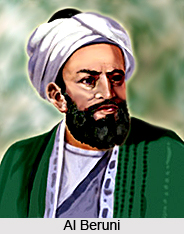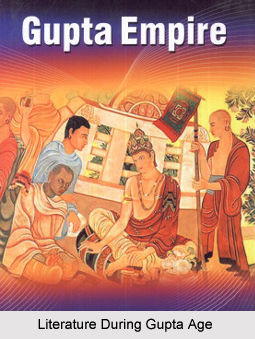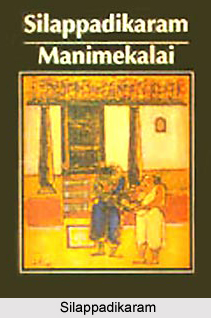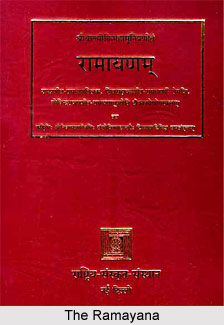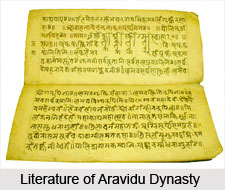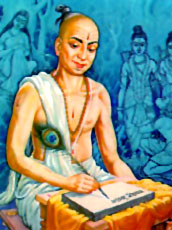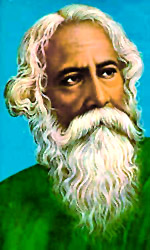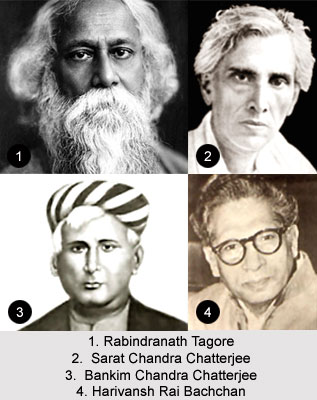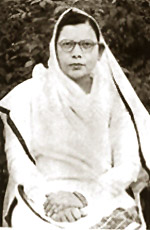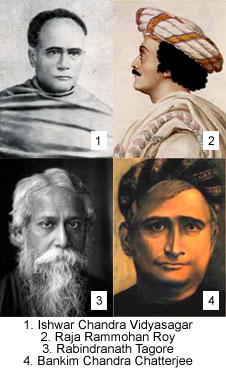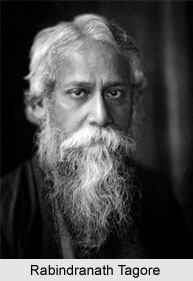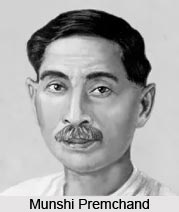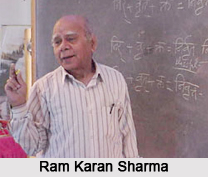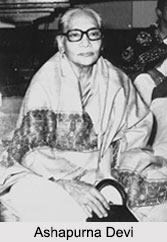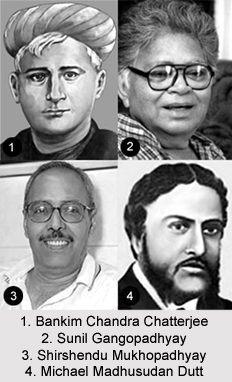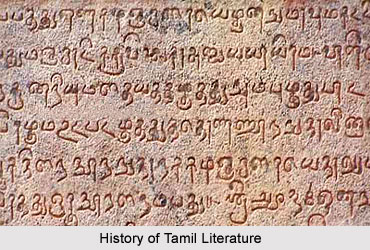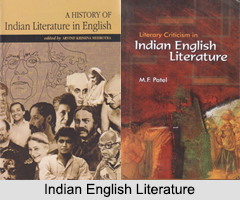Contribution of Parsis to Gujarati literature has been quite marked. The Parsis, after their migration from Iran, had accepted Gujarati as their language. In fact there were many Parsis who had taken to writing in the language right from the seventeenth century. It was in the third decade of the nineteenth century that that the Parsis came into prominence in the literary field. This was mainly through the medium of journalism after the launching of the Bombay Sanmachar (1822). This paper published stories in Gujarati language, based on Persian themes. Behramji Murzban translated Gulbankavali and other works from Persian in the 1850s.
In the period of the 1860`s, the Parsis started emerging strong in the field of plays and theatre. The Parsi Natak Mandali was set up by them in 1852. It staged the first play, Sohrab ane Rustom, that very year in Mumbai. Most of the Parsi plays were translations of Persian or English plays. After the formation of the Parsi Natak Mandali, many other drama companies such as the Victoria Natak Mandali and Persian Natak Mandali. Kekhushru Kabraji (1842-1904), social reformer of the Parsi society of his time, contributed immensely to the development of the Parsi theater and to the Gujarati novel. Theaters like Victoria Natak Manadi initially staged translations of Shakespeare`s plays, but later the plays were based on Persian history and also Hindu mythology. Khurshadji Maherwanji Baliwala (1852-1913) of the Baliwala Grand Theatre also played a leading role in the development of the Parsi theatre which aimed at entertaining and orienting the Parsi community toward social reform.
Beheramji Malabari stands out as one of the most creative writers of the period. Most of his Gujarati poems express nationalist sentiment. His style was a continuation of the poetic style of Narmad and the Pandit Yug. Itihasni Aarasi is his famous patriotic composition. Malabari was the predecessor of the Parsi poet Ardoshir Faramji Khabardar (1881-1953). A Parsi poet of considerable merit, Khabardar published several collections, including Kavyarasika (1901) and Vilasika (1905), with the influences of Dalpatram and Kant. Bharatno Tankar (1919) and Sandeshika (1925) contained patriotic poems. He also wrote garba songs and a eulogy of Gandhiji. While imbibing earlier influences, Khabardar evolved his own musical expression.
Thus, the Parsi community has contributed in a major way to the realm of Gujarati literature.

